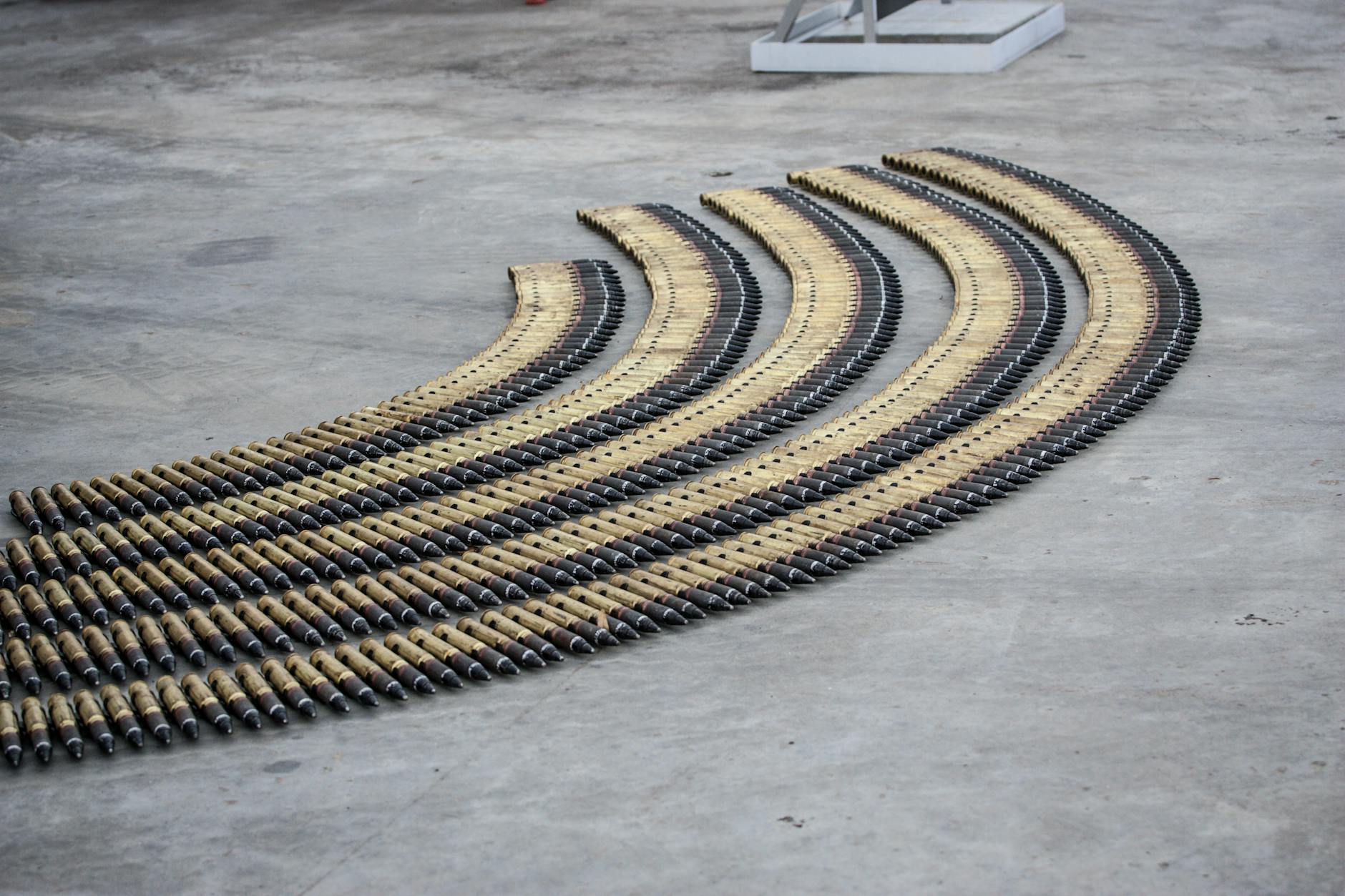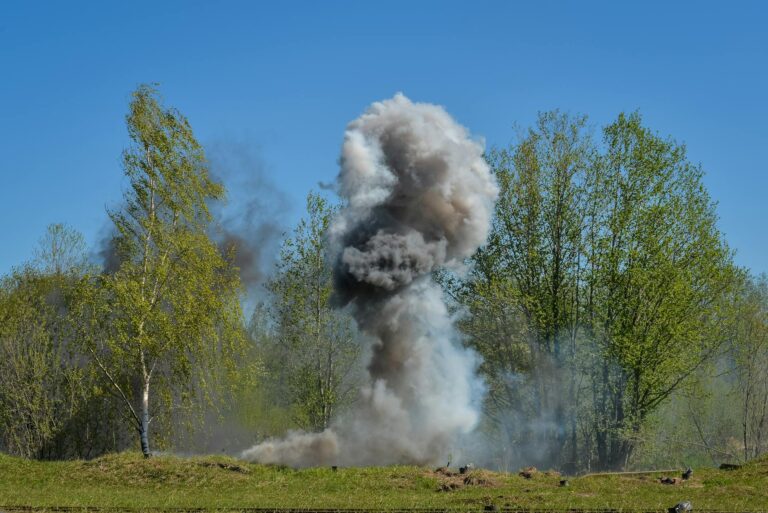Iran’s Missile Deal with China: Why This Feels Like Déjà Vu
You know that sinking feeling when you see headlines about Iran’s military ambitions? Yeah, me too. Just when we thought nuclear talks might be making progress, The Wall Street Journal drops this bombshell: Iran’s reportedly ordered thousands of tons of missile fuel ingredients from China. I’ve been following this geopolitical chess game for years, and if there’s one thing I’ve learned, it’s that when Iran and China start exchanging military shopping lists, things are about to get messy.
The Devil’s in the Details
Let’s break this down like we’re explaining it to that one friend who only watches sports but suddenly cares about foreign policy. According to WSJ’s intelligence sources (who probably have better spy gadgets than James Bond), we’re talking about ammonium perchlorate – basically rocket fuel’s main ingredient. And not just a little “let’s build some fireworks” amount – we’re talking industrial-scale quantities that could power hundreds of ballistic missiles.
Now here’s what’s wild – these shipments could start arriving in Iran within months. That’s faster than Amazon Prime delivery for something that definitely shouldn’t be on any wishlist.
Iran’s Missile Obsession: A Brief History
Remember when Iran’s missile program was just a regional concern? Those were simpler times. Today, they’ve built what’s arguably the Middle East’s most extensive missile collection – like a dangerous version of Pokémon Go where they’re trying to “catch ’em all” in the ballistic missile category.
I once interviewed a defense analyst who joked (nervously) that Iran treats missiles like some people collect sneakers – always chasing the latest model with better range and payload. But unlike sneakerheads, these toys can reach neighbors like Israel and Saudi Arabia, which explains why those countries are sweating bullets (pun intended) over this news.
China Playing Both Sides
Here’s where it gets really interesting. China’s been doing this awkward dance where they pretend to care about non-proliferation while simultaneously supplying the very materials that make proliferation possible. It’s like your friend who swears they’re on a diet but keeps “accidentally” ordering dessert for the table.
A defense contractor buddy of mine put it bluntly: “For China, this is about two things – sticking it to America and securing oil supplies. The rest is just diplomatic theater.” Harsh? Maybe. But when you look at how China-Iran trade has ballooned since 2018 U.S. sanctions, the pattern’s hard to ignore.
Nuclear Talks? More Like Nuclear Stalls
Picture this: U.S. and Iranian negotiators sitting across a table, both pretending they don’t see the elephant in the room wearing a “Made in China” missile fuel t-shirt. This deal throws gasoline (or should I say rocket fuel?) on already shaky negotiations.
Here’s my take – Iran’s playing the long game. They’re showing they won’t put all their eggs in the diplomatic basket. Smart strategy? Maybe. Terrifying for regional stability? Absolutely.
Why Your Morning Coffee Should Taste Different Tomorrow
This isn’t just some distant geopolitical squabble. When missile programs expand in volatile regions, it’s like watching dominos being set up:
- Israel gets nervous and starts updating its Iron Dome wishlist
- Saudi Arabia starts making calls to its arms dealers
- Suddenly everyone in the neighborhood wants bigger, better missiles
And let’s not forget the UN diplomats who’ll now have to draft yet another strongly worded statement that’ll probably get ignored like a Terms and Conditions pop-up.
The Bigger Picture
At the risk of sounding dramatic, this feels like a turning point. China’s making it clear they’ll play by their own rules, Iran’s signaling military priorities over diplomacy, and the U.S. is stuck deciding between more sanctions (which haven’t exactly worked wonders) or… what exactly?
One Middle East scholar I respect put it this way: “We’re not just watching a missile deal – we’re watching the global power structure flex and crack in real time.” Heavy stuff for a Tuesday afternoon, right?
What Comes Next?
If I had to bet (and thank goodness I don’t), here’s what I’d watch for:
- The U.S. State Department’s response – will they go for targeted sanctions or something bigger?
- Whether China actually follows through with shipments or uses this as bargaining chip
- How Russia reacts – because you know they’ve got opinions about China stealing their role as Iran’s arms dealer
One thing’s for sure – this story’s got more twists coming than a Netflix political thriller. And unlike our binge-watching habits, we can’t just fast-forward through the tense parts.
Hungry for more? Check out these rabbit holes:
The original WSJ report (paywall warning – because journalism isn’t free)
Arms Control Association’s take (for when you really want to nerd out)
Reuters’ Middle East coverage (my personal go-to for less hysterical reporting)
Final thought before I go: Remember when we thought 2020 was the wildest year geopolitically? Yeah, about that…













3 thoughts on “Iran Orders Ballistic Missile Materials from China”